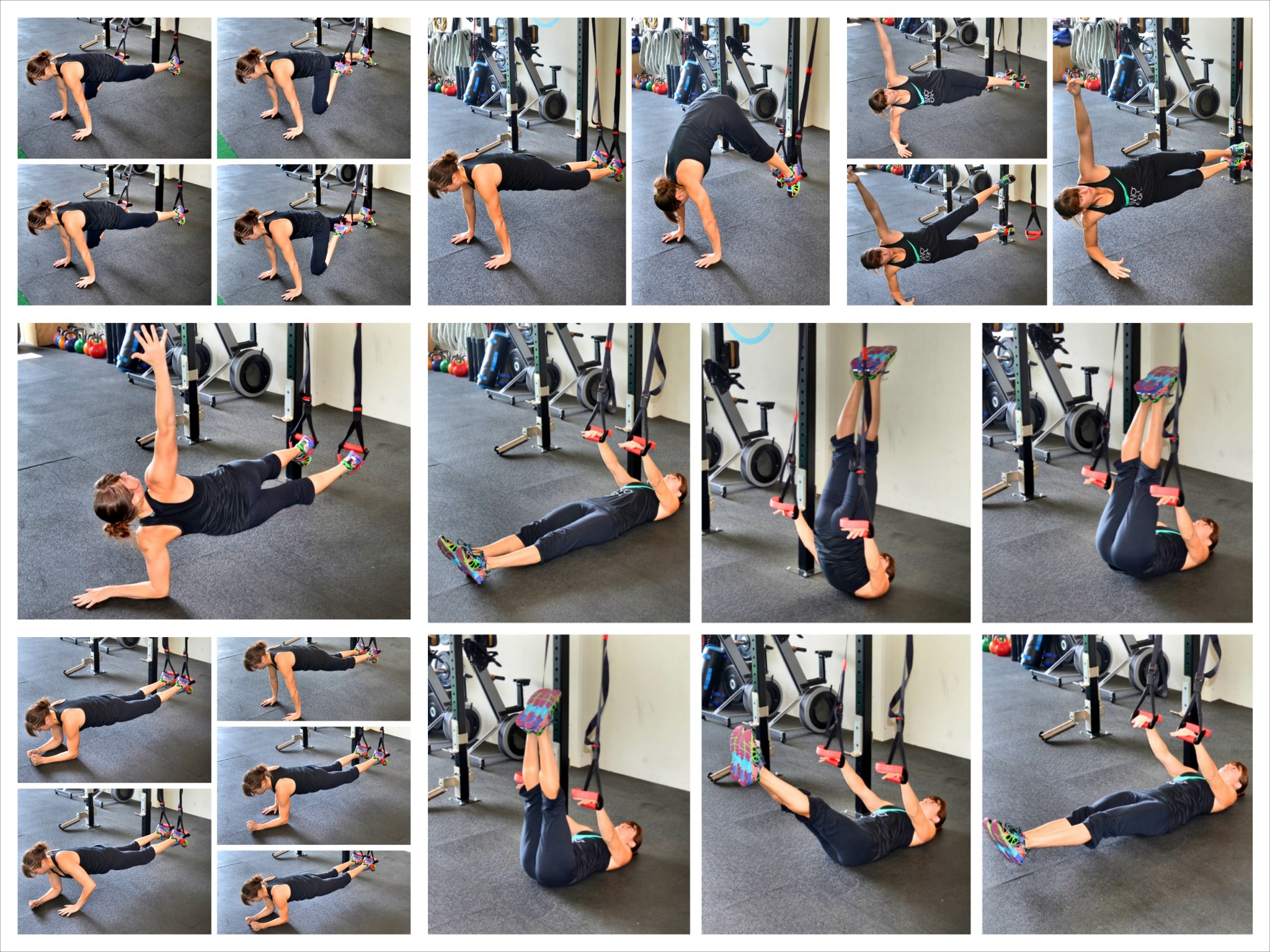Pulse of Information
Stay updated with the latest news and insights.
Crunch Time: Why Core Exercises are Your Secret Weapon
Unlock your hidden strength! Discover why core exercises are the game-changer you need for a fitter, stronger body. Dive into Crunch Time now!
The Science Behind Core Strength: How It Affects Overall Fitness
Core strength plays a pivotal role in overall fitness, serving as the foundation for virtually all physical activities. The core comprises not only the abdominal muscles but also the muscles around the lower back, hips, and pelvis. A strong core enhances stability, balance, and posture, which are crucial for performing everyday tasks and exercising effectively. Studies show that individuals with better core strength can execute movements with greater ease and less risk of injury, allowing them to engage in higher levels of physical activity.
Moreover, a strong core contributes to improved athletic performance in sports. The core acts as a link between the upper and lower body, facilitating efficient movement patterns. For example, athletes often rely on core strength for explosive actions like sprinting or jumping. Additionally, exercises that target the core, such as planks and squats, not only build strength but also engage multiple muscle groups, further enhancing overall fitness. In conclusion, prioritizing core strength can lead to significant improvements in not just strength but also endurance and agility.

5 Essential Core Exercises for Beginners: Start Strengthening Today
Building a strong core is essential for overall fitness and stability, especially for beginners. A strong core supports better posture, reduces the risk of injury, and enhances performance in various physical activities. Here are 5 essential core exercises that anyone can start with, even if you’re new to working out:
- Planks: A great exercise that engages multiple muscle groups. Start by holding the plank position for 20-30 seconds, gradually increasing the duration as you gain strength.
- Russian Twists: Sit on the floor, lean back slightly, and rotate your torso from side to side while holding a weight or just using your hands for resistance.
- Bird-Dog: From a tabletop position, extend one arm and the opposite leg while keeping your core tight. Alternate sides.
- Glute Bridges: Lie on your back with your knees bent, lift your hips towards the ceiling to strengthen your lower back and glutes.
- Dead Bugs: Lying on your back, extend your arms and legs out and alternate lowering one arm and the opposite leg while keeping your core engaged.
Incorporating these core exercises into your routine can lead to significant improvements in strength and stability. Focus on consistency by performing these workouts 2-3 times a week and remember to listen to your body. With dedication and patience, you’ll notice enhanced performance in your everyday activities.
Core Stability vs. Core Strength: What's the Difference and Why It Matters
Core stability and core strength are often used interchangeably, but they refer to different aspects of core fitness. Core stability involves the ability of your core muscles to maintain a stable and controlled position during dynamic activities. It focuses on the muscle’s ability to support the spine and pelvis while allowing the limbs to move freely. In contrast, core strength refers to the overall strength and endurance of the core muscles, which include not just the abdominals, but also the obliques, lower back, and even the hips. Having strong core muscles allows for greater power and efficiency in movement, whereas core stability helps to prevent injuries and improve balance.
Understanding the difference between core stability and core strength is essential for anyone looking to improve their fitness or athletic performance. For example, a strong athlete may lift heavy weights with ease but may not have sufficient core stability, leading to potential injuries during more complex movements. Incorporating exercises that enhance both core strength and core stability, such as planks for stability and weighted exercises for strength, is crucial for achieving a well-rounded core workout. Prioritizing these elements not only improves performance but also enhances overall functional fitness for daily activities.